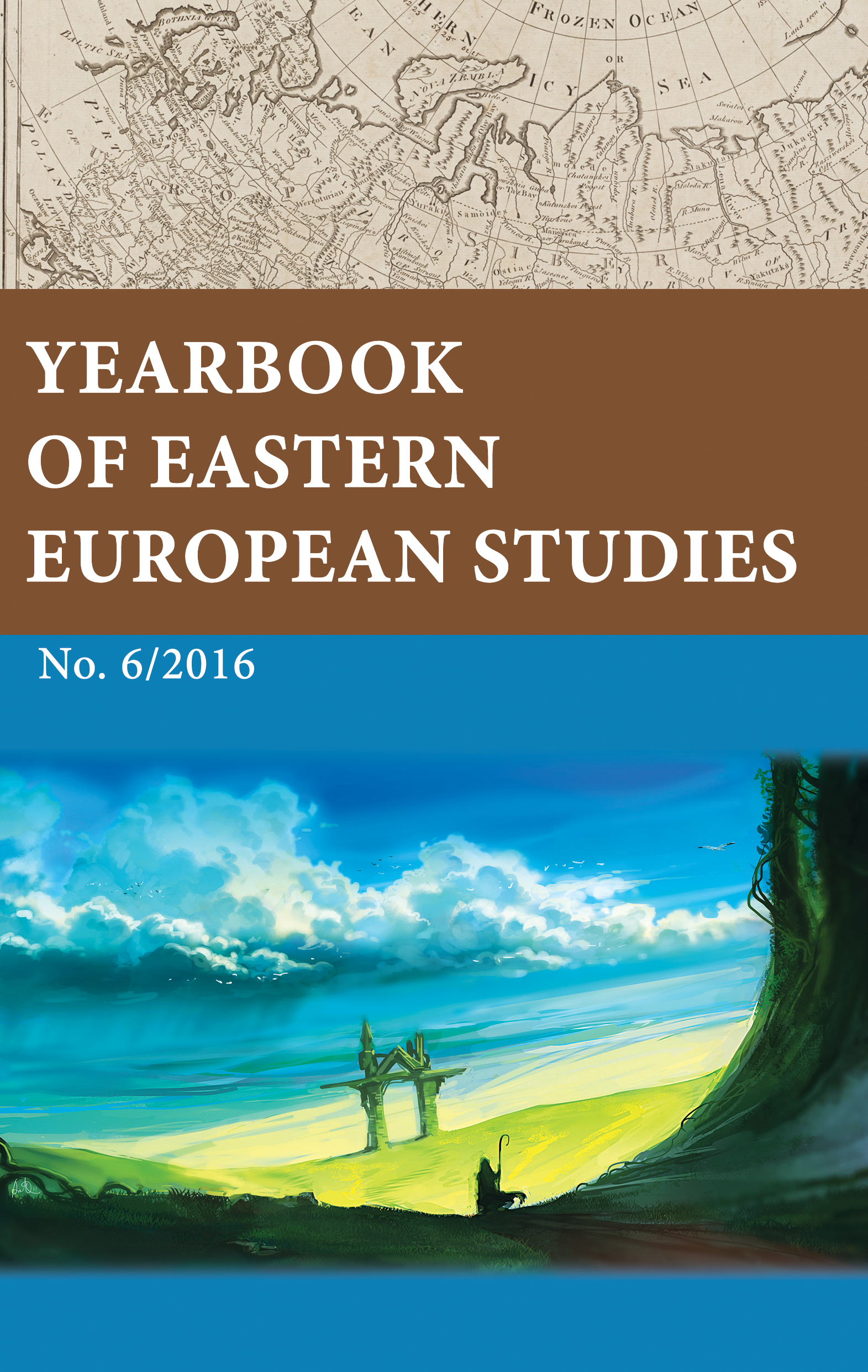Фантастическое невидимое
The Fantastic Invisible
Author(s): Irina GolovachevaSubject(s): Other Language Literature, Ontology
Published by: Instytut Polsko-Rosyjski
Keywords: the invisible; the fantastic; Harvey; hallucination; anti-psychiatry;
Summary/Abstract: The article focuses on the case proving that the emphasized absence of certain visual image in the text accentuates the meanings which can be deciphered only by correlating the visible with the invisible. The plot of the famous comedy Harvey (1943) by Mary Chase centers around an invisible protagonist. The oversized rabbit Harvey is initially perceived as Elwood P. Dowd’s hallucination. The anthropomorphic rabbit – either Dowd's ghostly double or a supernatural trickster (phooka) – influences each and every character of this philosophical comedy. It is Harvey's ambiguous ontological status that ensures the reader’s and the viewer’s hesitation and anxiety about his interpretation. Among other things, the presence of the invisible rabbit in the play allows us to interpret this comic story as one of the earliest anti-psychiatry narratives in literature.
Journal: Yearbook of Eastern European Studies
- Issue Year: 2016
- Issue No: 6
- Page Range: 251-264
- Page Count: 14
- Language: Russian

